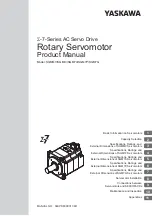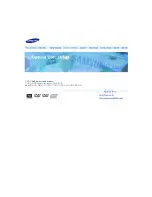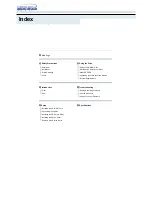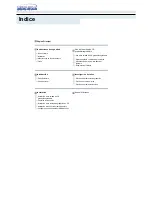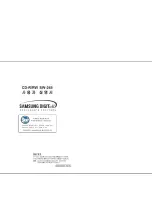
System Manual – MOVIDRIVE® compact Drive Inverters
195
4
1
2
3
4
5
6
7
8
9
10
11
12
13
14
15
16
17
18
19
20
21
22
Motor selection for asynchronous servomotors (CFC)
Project Planning
Magnetizing
current
Dynamic drives that have to accelerate without a delay are also energized at standstill
without load. The magnetizing current I
d
flows at standstill. The inverter must be able to
supply this current constantly in applications in which the output stage is permanently
enabled, for example in CFC & M-CONTROL mode. In particular in the case of large mo-
tors with a slip frequency
≤
2 Hz, you have to refer to the diagrams in the section "Over-
load capacity of the inverters" to check whether the inverter can supply the current. Also
check whether the thermal characteristics of the motor are suitable (forced cooling fan)
for this. For the magnetizing current I
d
, refer to the motor tables (CT/CV
→
DT/DV
→
CFC mode with
speed control
There is no need to differentiate between the load types quadratic, dynamic and static
when performing project planning for the CFC operating mode. Project planning for an
asynchronous motor in CFC mode is carried out in accordance with the following
requirements:
1. Effective torque requirement at average application speed.
M
eff
< M
N_Mot
The operating point must lie below the characteristic curve for the continuous torque
(Figure 60, curve 2). If this operating point lies below the characteristic curve for
forced cooling (Figure 60, curve 1), then no forced cooling is required.
2. Maximum torque needed across the speed curve.
M
max
< M
dyn_Mot
This operating point must lie below the characteristic curve for the maximum torque
of the motor/MOVIDRIVE
®
combination (Figure 60, curve 3).
3. Maximum speed
Do not configure the maximum speed of the motor higher than 1.4 times the transi-
tion speed. The maximum torque available will then still be approximately 110 % of
the continuous rated torque of the motor; also, the input speed for the gear unit con-
nected to the motor output will still be less than 3,000 1/min with delta connection.
n
max
< 1.4
×
n
trans
< 3000 1/min
Cooling the
motor
Self-cooling of asynchronous motors is based on the integrated fan, which means self-
cooling depends on the speed. The integrated fan does not provide cooling for the motor
at low speeds and standstill. Forced cooling may be necessary in case of a high static
load or a high effective torque.
Summary of Contents for MOVIDRIVE compact MCH41A
Page 2: ...SEW EURODRIVE Driving the world...
Page 432: ......

































